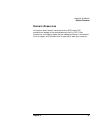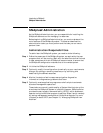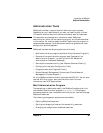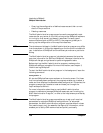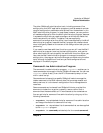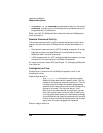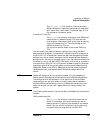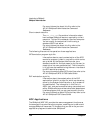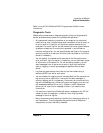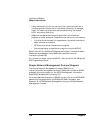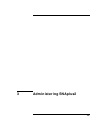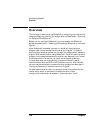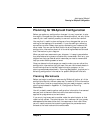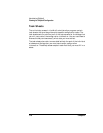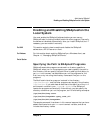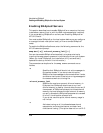
Chapter 2 105
Introduction to SNAplus2
SNAplus2 Administration
Refer to the HP-UX SNAplus2 NOF Programmers Guide for more
information.
Diagnostic Tools
SNAplus2 provides several diagnostics tools to help you diagnose and
correct problems encountered during SNAplus2 operation:
• Any component detecting a problem or an exception (an abnormal
condition that may indicate the cause of a problem) writes an entry to
an error log file. In addition, all significant system events can be
recorded in an audit log file. You can determine which types of events
(problems, exceptions, or audits) are recorded. In a client/server
network configuration, you can specify global settings for the types of
events to record on all servers, and then override these on individual
servers if necessary.
• You can specify the names and directories of the files used to hold
error and audit log information; if preferred, you can send both types
of information to the same file. On a client/server system, you can
send messages from all servers to a central log file on one server
(central logging), or send log messages to separate files on each
server.
• Log files are generated as text files, and can be viewed using a
standard ASCII text editor such as vi.
• You can choose full logging (which includes details of the cause of the
log, and any action required, in the log file for each message), or
succinct logging (which includes only a summary of the source of the
log and the message text). When using succinct logging, you can use
the snaphelp command-line utility to obtain the full cause and
action text for a particular message number if you need further
information.
• For some error conditions, SNAplus2 sends a message to the HP-UX
console to warn the operator, in addition to writing a problem
message to the error log file.
• Many components can produce a trace file that records the activity of
that component. Tracing degrades the performance of SNAplus2
components, and so is normally disabled.



